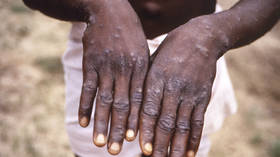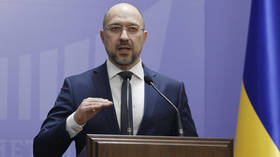Israel reports first monkeypox case

An Israeli man in his 30s has been hospitalized in Tel Aviv with the country’s first suspected case of the monkeypox virus. He had visited Western Europe, where dozens of cases of the rare disease have recently been diagnosed. The Israeli Health Ministry confirmed on Thursday that it was taking precautions against the spread of the virus.
The patient is reported to be in good condition and was in isolation and being monitored at Ichilov Hospital. The Health Ministry has asked Israelis returning from abroad with a fever or a blistering rash to contact their doctors.
Monkeypox initially appears as flu-like symptoms such as muscle aches, swollen lymph nodes and exhaustion, before a chickenpox-like rash with pustules appears on the hands and face. It resembles smallpox and chickenpox, with symptoms manifesting within one to two weeks after infection. Those infected typically recover within a few weeks.
At least eight countries in Europe have reported cases of the rare virus, mostly among men who had sex with men who presented for diagnosis at STD clinics. As of Friday, 20 cases had been reported in the UK, which declared the outbreak an “emergency.” France, Germany and Belgium have all confirmed cases of the virus as well. Spain and Portugal confirmed cases on Wednesday, while infected individuals also turned up in Sweden and Italy.
The US reported its first case earlier this week, in a man from Massachusetts who had recently traveled to Canada. Canada itself has reported two confirmed and 17 suspected cases, and the disease has been reported as far afield as Australia.
Several other suspected cases are being monitored, and the US government has purchased millions of doses of a smallpox vaccine that was approved for use against monkeypox in 2019. While the virus is incurable, the US Department of Defense also signed a $7.5 million contract for doses of the antiviral drug tecovirimat last week.
The WHO reportedly held an emergency meeting on Friday on the subject of monkeypox, which was aimed at getting to the bottom of how the disease was spreading from its native West Africa despite most cases being found in people who had not recently traveled to the region.














